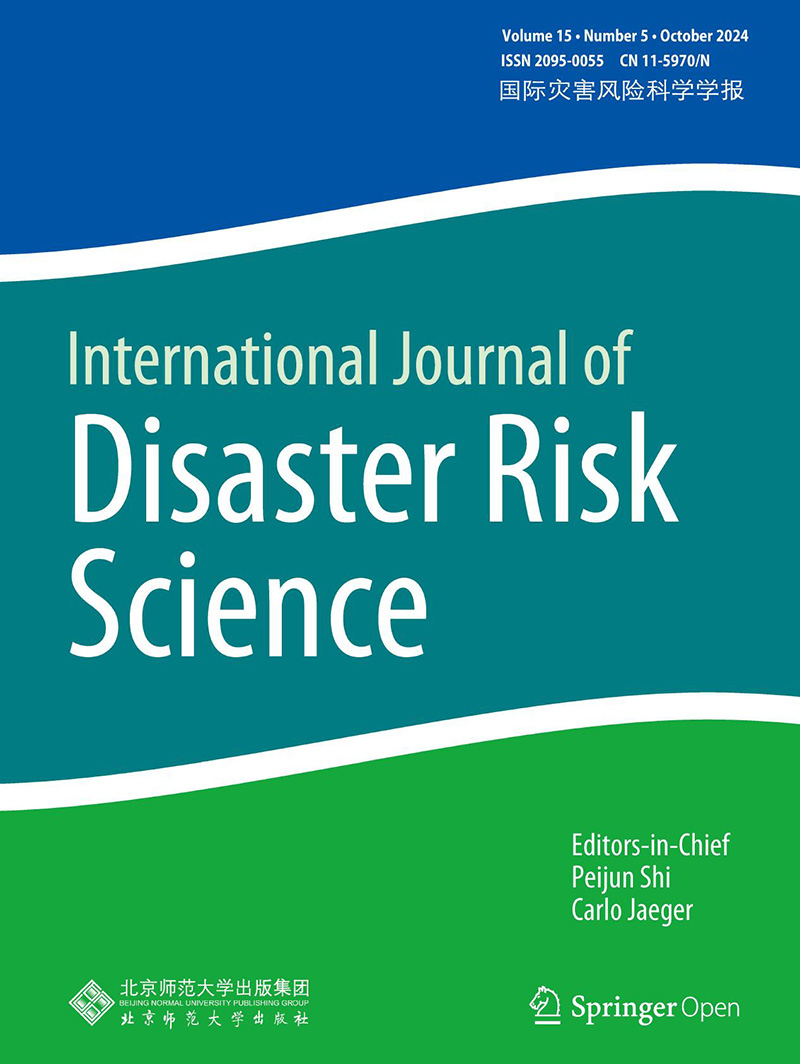2017, 8(2): 208-223.
doi: 10.1007/s13753-017-0125-x
Abstract:
This systematic study of disaster risk and disaster management efforts in Brunei Darussalam uncovers the reasons why floods and landslides in particular continue to inflict significant social, economic, and psychological toll. Vulnerability to the impacts of hydro-meteorological hazards continue to rise despite international awareness and improved disaster governance and information, and regardless of the vast financial and material resources spent on structural and nonstructural measures for disaster relief and community awareness. Our premise is that, a poor diagnosis of the disaster risk issue is at the root of the disaster risk dilemma in Brunei Darussalam. We conducted our vulnerability-centered disaster risk assessment based largely on the Pressure and Release (PAR) Model proposed by Wisner et al. Our research results reveal that:(1) Hazard-risk in Brunei is high due to the impact of global climate change, the country's local geography, and Brunei's relative location in the Asia-Pacific Region. Limited reporting of localized disasters to international databases however fuels the misperception of low disaster risk in Brunei; (2) High community vulnerability and disaster risk is due to limited knowledge, awareness, and motivation among the general population, which prevents effective mitigation and adaptation to low magnitude but recurrent hazardous events; and (3) Partial incorporation of disaster risk reduction into governance structures and development plans contributes to heightened disaster risks. Integrated frameworks are proposed that can minimize social vulnerability, reduce disaster risk, and enhance community resilience and adaptive capacity as part of a strengthened governance mechanism. Coupled with improvements in preparedness, response, recovery, and reconstruction promoted by the National Disaster Management Centre (NDMC), vulnerability and disaster risk can be minimized, and a more inclusive and sustainable growth can be generated.



